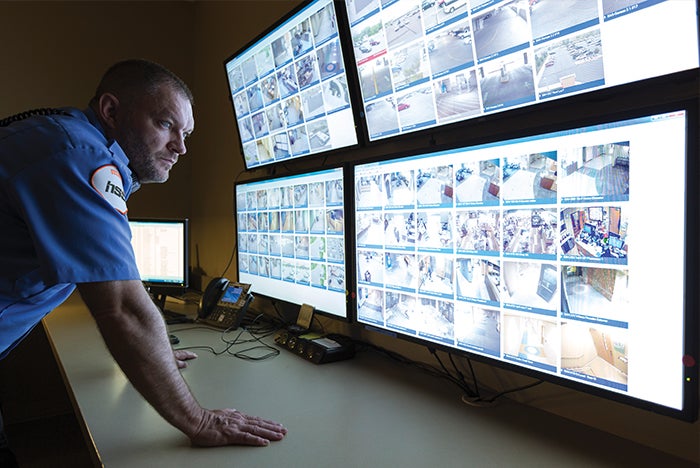Managing security outside of the emergency department
Medical surgery and intensive care units are often the next stop for patients coming from the emergency department (ED). Therefore, many of the same challenges faced in the ED follow the patient.
However, there are some distinct security advantages to being the second or third unit stop in a patient’s recovery process. They may include:
- Information. This is the ability to receive clear intelligence gained regarding the patient and their challenges.
- Disrobed. Receiving a gowned patient with personal property already secured provides a security advantage.
- Engagement. This includes informed security involvement and structured plans.
- Pain management. Medications are likely already helping to alleviate heightened anxiety or reactiveness.
- Limited visitation. Unit-specific visitor guidelines in these units that are much more refined than those of the ED.
With that, it’s still possible to apply many of the same structured security processes to specific care units. In fact, each unit should have its own, customized plan for dealing with difficult patient and visitor issues. These plans are proactive, built in advance and in anticipation of what might occur. Plan components could include:
- Visitor guidelines.
- Unit lockdown procedures.
- Annotated unit maps.
- Staff training to include aggression management.
- Security team involvement.
- Managed patient property processes.
With a concerted focus on staff training in every unit, coupled with event scenario planning and clear communication, a unique security plan should be crafted for each individual unit to arrive at the safest care and work environment no matter the hospital locale.


